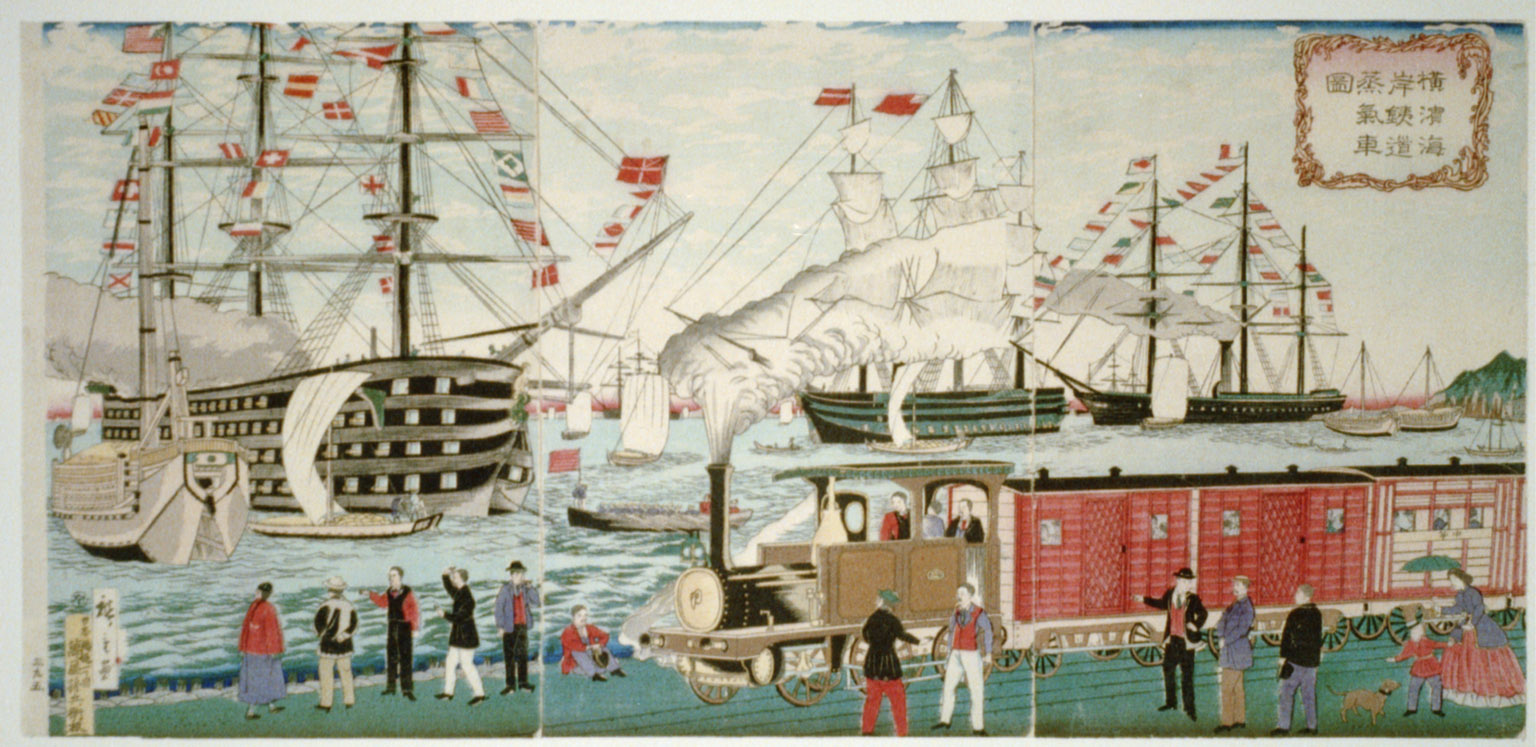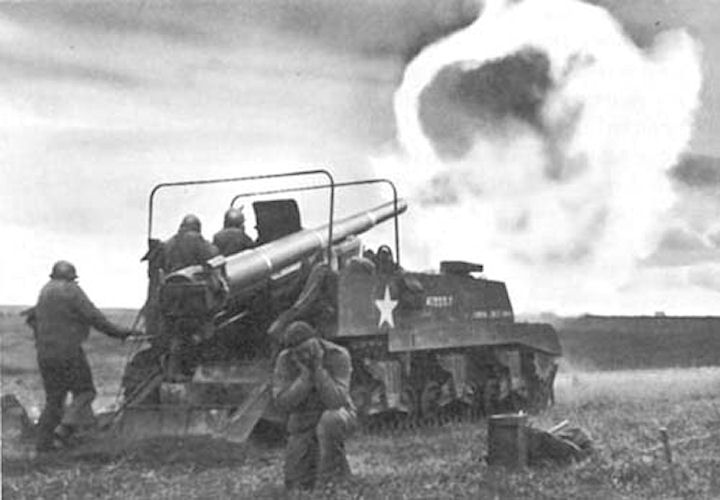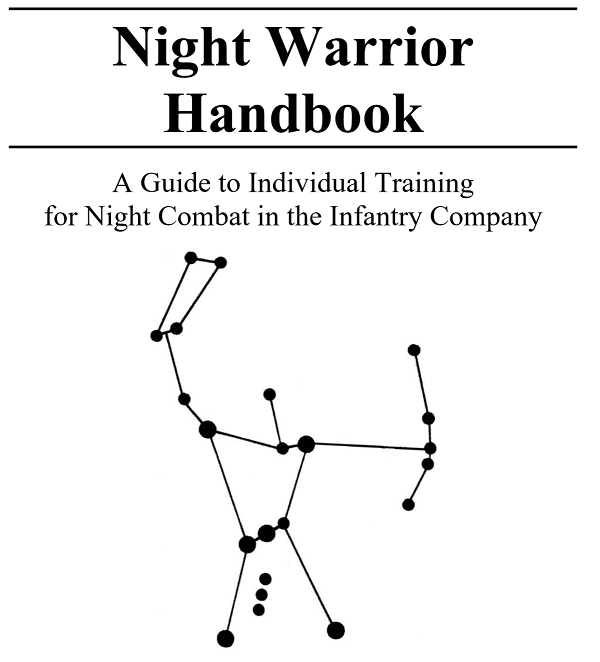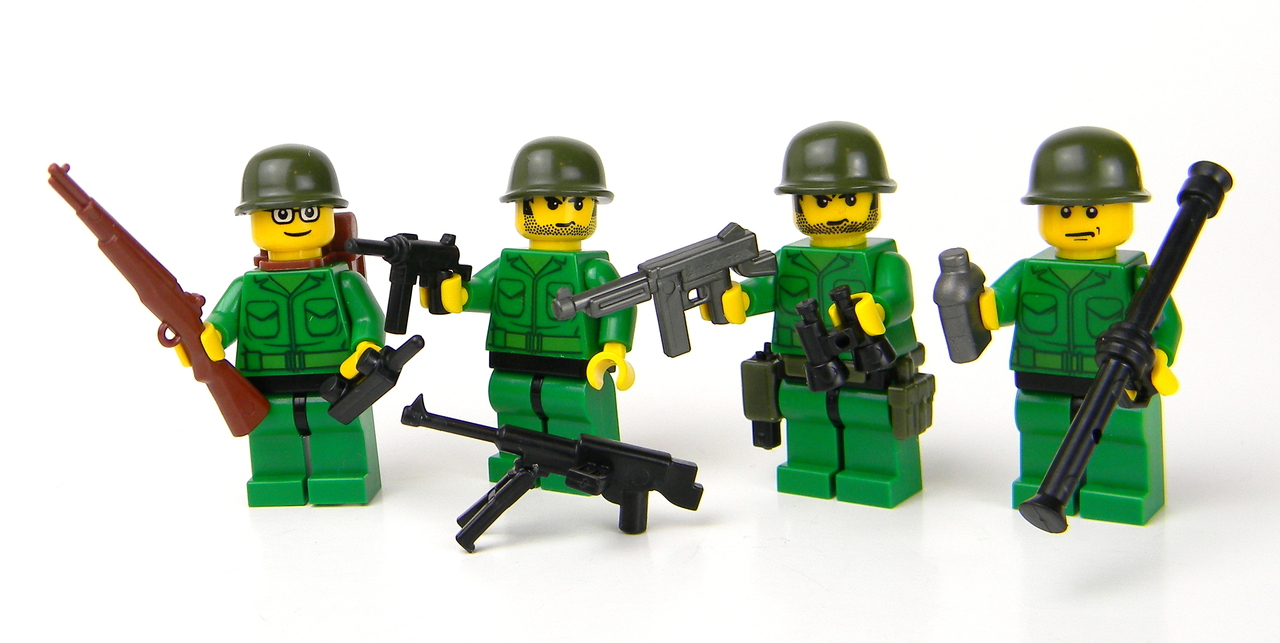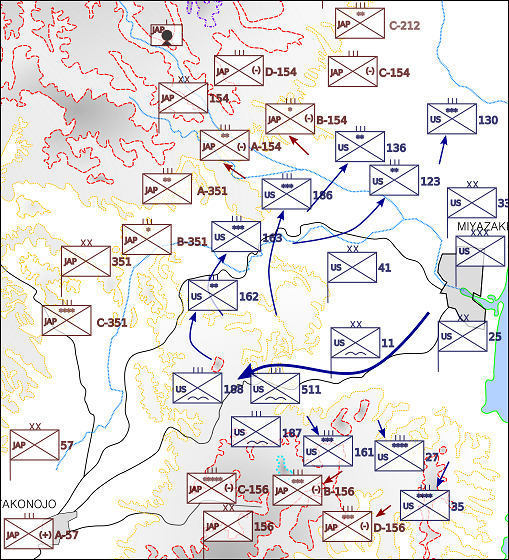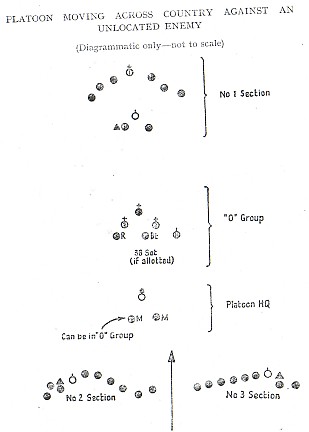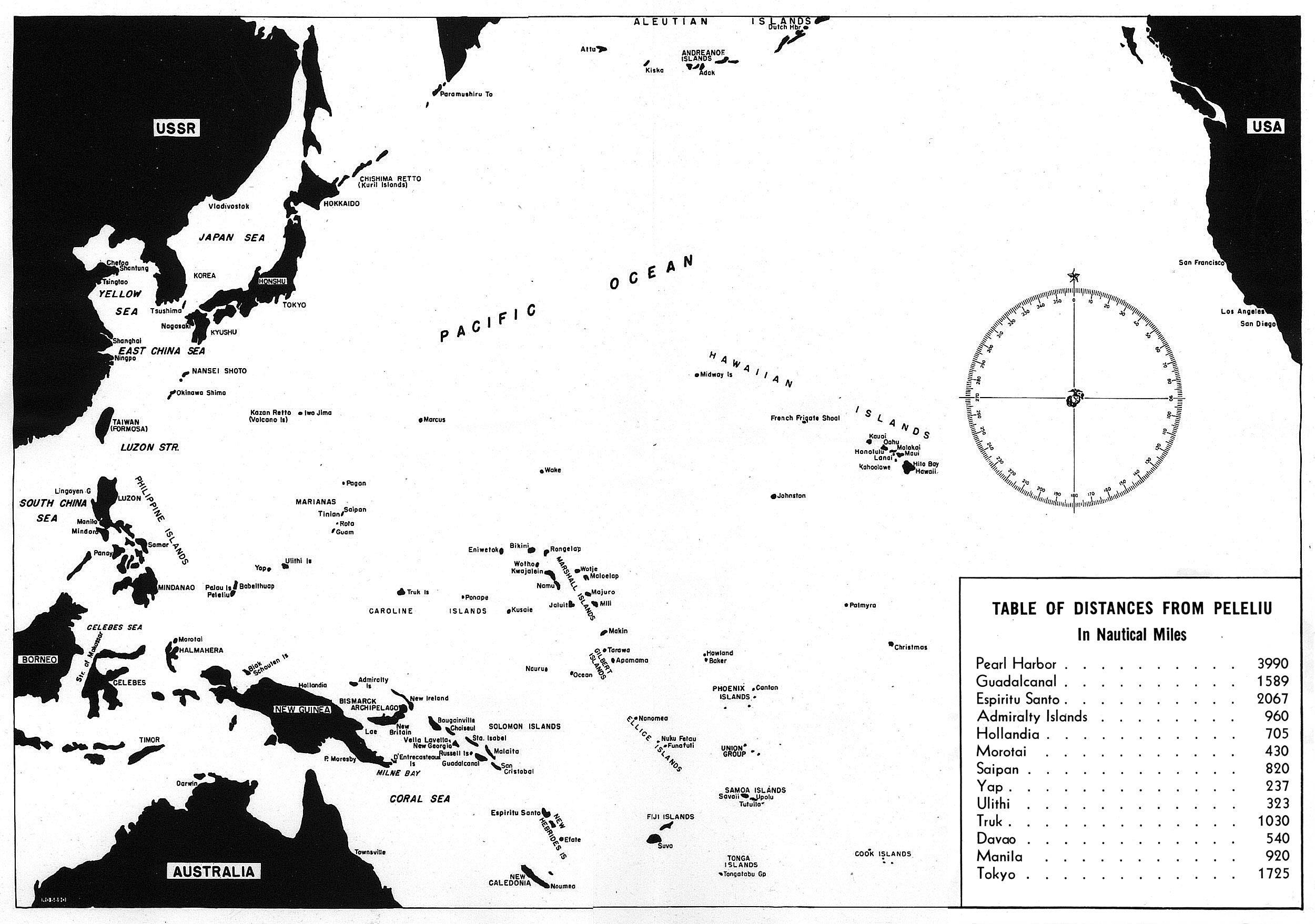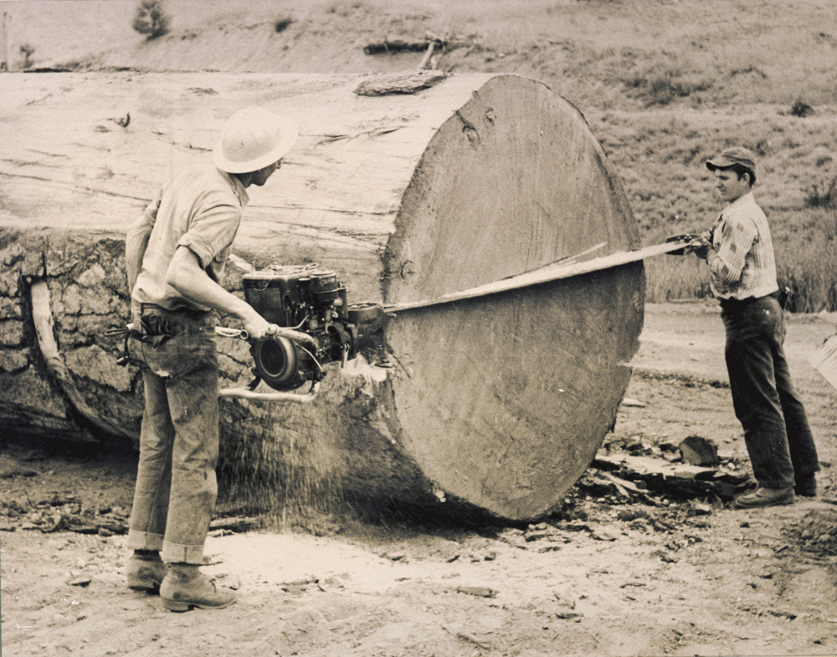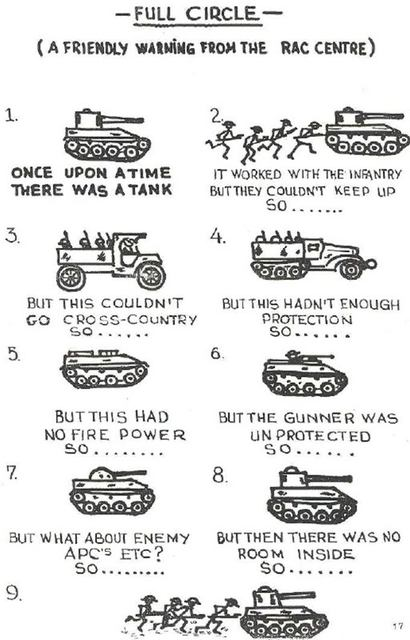[Back from the front, Tuttle got a look around the city of Miyazaki, and American engineers quickly remade her into a military staging ground.]
The material substance of the situation is apparent to anyone who looks out over the giant hive of activity throughout Miyazaki and the territory all around it. New buildings pop up whenever one glances away from a clearing for more than a second. Men and vehicles hustle day and night to move materiel, pushing most of it immediately south and west to where First Corps is still making its current push. A regular stream of vehicles head out to fetch casualties. They move slower coming back, either to be gentle on their live cargo, or because their cargo is such that there’s no reason to hurry anymore.
The only thing that mattered in the news I was fed was confirmation that the situation is the same for the other corps. Both have one big push under way – the same ones they had going when I went to the front a week ago – and are largely sitting still on their other fronts. Real news would be if things were going much differently elsewhere, for substantially better or worse.
11th Airborne Division Headquarters was still established in Takaoka on the Oyoda river. They are anxious to pack up and move forward through the mountains. All of its combat and support units were already clustered near the new front.
I made my way on foot the five or six miles from Takaoka back to Miyazaki. It had been cloudy and cold, but dry for two days. The main road was wide and paved, but the pavement had seen better days. Our heavy trucks were the heaviest thing it had ever seen, and steel tank tracks claw obvious scratches at every turn.
Miyazaki itself, largely untouched by fighting, was a fully functioning modern city. People went about their business like in any other business district. They just happened to be all young men in matching uniforms.
I got to the far side and found the Navy had an expansive presence.
Being the only port of any substance we hold on Kyushu, the Seabees had been hard at work improving and expanding it. In just two weeks since I first came through two old canals that branch off the small harbor were dredged out for larger ships to tie up. They offload using new cranes that must have come in kits right from the U.S. mainland.
The Navy also has a new airfield, wedged in between one of the canals and the main airport. I passed a short line of small rail cars being loaded with ‘beans and bullets’ on my way to the Navy complex. They bore entirely Japanese markings. I hoped our engineers could read the dials on the curious looking locomotive.

